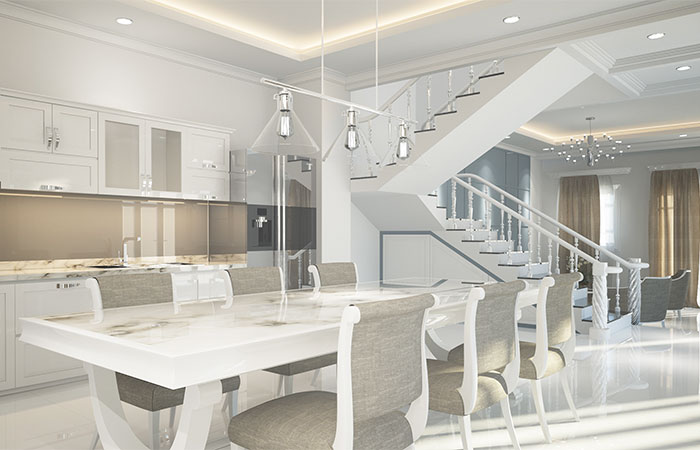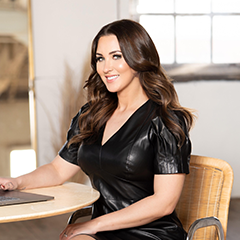Step 2:
Carefully remove all of the doors and hardware. If you'll be re-using your hinges, make sure you keep the screws in a safe place where they won't get lost.
Step 3:
Wash the surface of the cabinets. Over time, your cabinets come into contact with all kinds of things. You want to ensure that there are no oils or grease remaining before painting. This ensures maximum adhesion and a great finish on your doors. To do this, I'd recommend using a scrub brush and some dish soap. If they're really dirty, a degreaser works well. Rinse well and allow to completely dry.
Step 4:
Sanding-This is probably the most crucial step because the time and effort spent on this step will ultimately determine the finish on your doors and how well it lasts. I used varying grits of sanding blocks and made sure to really sand each one carefully and thoroughly. Renting an electric sander would probably save some time, then any more intricate details of the doors could be done by hand. After sanding, use a soft cloth and warm water to clean off any remaining sanding dust and allow it to dry.
Step 4:
If you plan to change your hardware, now is the time to fill in the old holes with wood filler. Any imperfections can also be filled to give your cabinets a smooth finish. Allow the filler to dry, sand the surface again and reapply another coat of filler if necessary.
Step 5:
Primer- I used Benjamin Moore's ADVANCE line for painting. The line was created specifically for painting cabinets, and is very easy to work with. The primer can be tinted to the approximate finish to ensure better coverage. The paint should be applied with a small foam roller (specific rollers are available at any Benjamin Moore store). I recommend using the ones that they have, vs a cheaper roller that may streak. Once your primer is dry, sand the surface with a fine grit paper before painting.
Step 5:
It's time to paint! If you're using the ADVANCE paint, it's important to note that it is a self-levelling paint. It is a bit thicker than an average paint and is designed to level out on the cabinets to fill in any defects and provide a smooth finish. With that said, make sure the cabinets are being painted on a FLAT surface. I used 1 coat of primer, and 2 coats of paint on my cabinets. This paint takes a bit longer to dry and has some pretty specific instructions for the type of climate you're painting in. (Too much humidity and it will take forever to dry). Follow the label on the paint can for detailed instructions. Because the paint is quite thick, it's important to sand between each coat to remove any drips or pooling of the paint.
Step 6:
Once your cabinets are completely dry (I gave it 48 hours to dry after my final coat), you're ready to install the hardware. I purchased my hardware from IKEA. They had a lot of selection and had much better prices than I could find at Home Depot or Lowes. If you're using new hardware, make sure to measure twice, drill once (I made this mistake!)
Overall, I'm very happy with how mine turned out and have held up. Check out the before and after below!
BEFORE:
AFTER!!!


